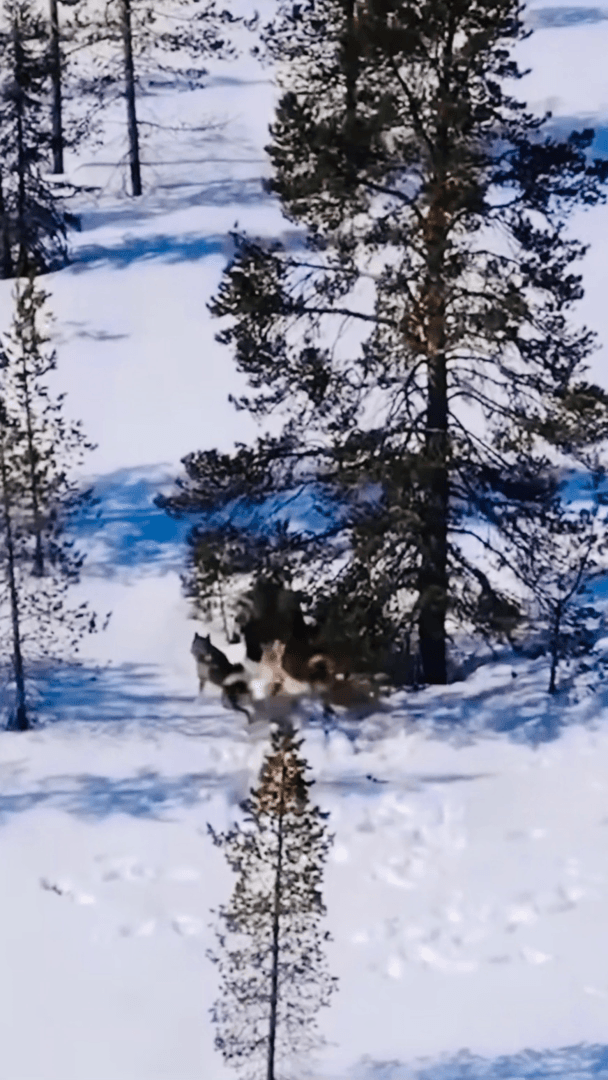
The family-owned Pu’u O Hoku Ranch manages 14,000 acres of the precious forest, agricultural, and conservation lands on the east end of Molokai, Hawaii. Our central business is a rustic Retreat Center, supported by a biodynamic farm and a small cattle operation. We are searching for an experienced and self-directed Horse Trainer / Barn Manager Duties involve taking out guest rides, daily care and training for 8 horses (including one green horse), and pasture rotation and maintenance, in a very remote and rustic environment. We are a small operation, but this is a great opportunity for an aspiring young professional to add sole charge to their resume while maintaining a team player attitude, as this is a diverse working ranch. Opportunities to learn about other aspects of the ranch, such as beekeeping, gardening, cattle, hospitality, etc. if desired. Horse experience and a problem-solving attitude are the most important assets. Basic equine first aid knowledge is required. Basic ho
Post: 11 March 09:23





